Despite my manic work schedule of late my positioning in southern New Jersey does lend itself to an occasional, if brief, birding outing when the stars align properly and I am near a birdy spot when I suddenly find myself with a free hour or so. A couple of times I have had this happen near the Edwin B. Forsythe National Wildlife Refuge, universally known to birders as Brigantine or “The Brig” and took advantage of the time I had to take a spin around the auto loop. At any time of year there are a variety of good birds that can be seen at Brigantine, and, occasionally, really good birds, but this post will focus on some of the common birds to be seen at the end of May and beginning of June.
The auto loop is great in that one can drive safely ensconced in one’s metal and glass contraption, impervious to the mosquitoes, biting flies, and sun, and only get out when near a particularly birdy spot or when one hears something good. The sheer number of birds that use Brigantine to nest or refuel is awesome and he photographic opportunities are legion.
Without further ado here are some of my recent shots from Brigantine…
Seaside Sparrow Ammodramus maritimus
Osprey Pandion haliaetus
Gull-billed Tern Gelochelidon nilotica
Ruddy Turnstone Arenaria interpres
Black-crowned Night Heron Nycticorax nycticorax
Common Tern Sterna hirundo
Diamondback Terrapin Malaclemys terrapin
Double-crested Cormorant Phalacrocorax auritus
…


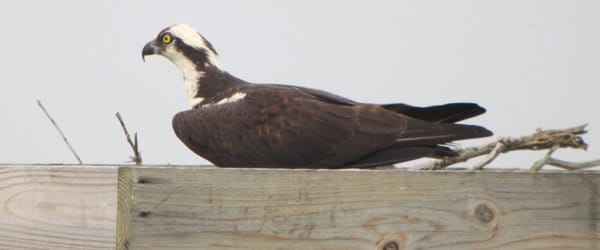
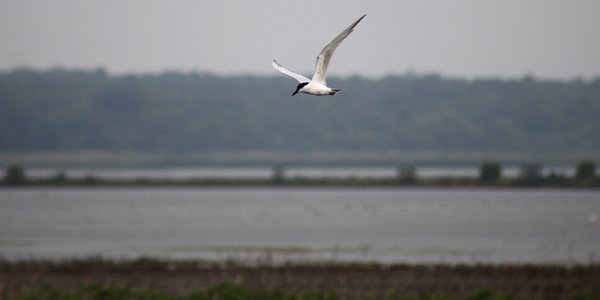
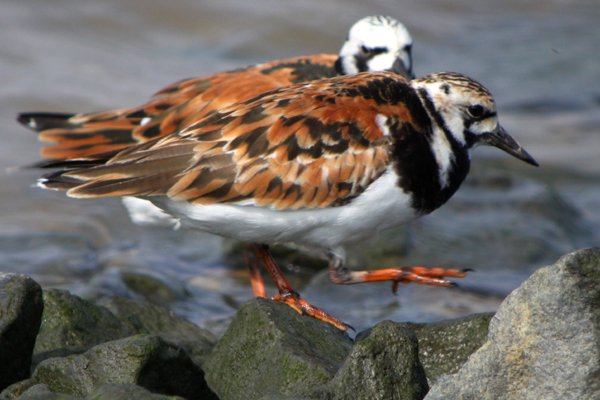

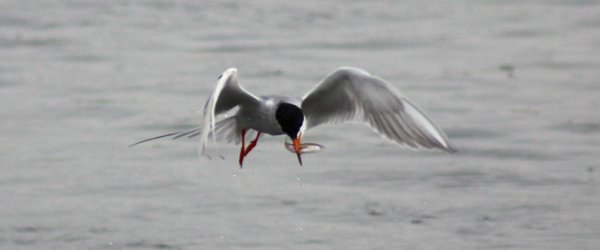

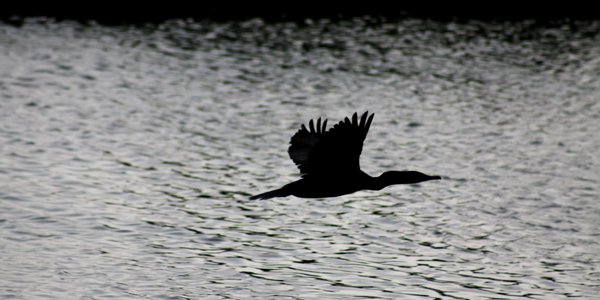




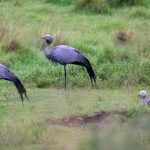





Cool beans. Er, birds!
I’ve seen the handiwork of the diamondback terrapins at Brig, but I don’t think I’ve seen the actual turtles there.
Nice shots!
Great pictures! Did you take these pics during one trip (if yes, lucky!!!) ? I am in the Philadelphia region, do you know of any other good auto loops?
Forster’s Tern, no? Primaries look awfully pale.
@Seagullsteve: Thanks!
@John: I’ve actually been really lucky with a variety of turtle species there this spring. Keep an eye out for a “Turtles of Brigantine” post.
@Cheryl: I took these shots during two (far too) brief visits. When going around the loop it is amazing how many photographic opportunities there are. And I know of no other auto loops in the area. Thanks for stopping by!
@Seth: I actually went back and forth on this bird because the primaries do look pale in a couple of shots (especially the one I included) but I have another shot that shows it having a gray belly. I think that the pale primaries may be an artifact of overexposure. Maybe?
I should probably relabel it tern sp.
Nice images from Brig!
@Pat: Thanks!